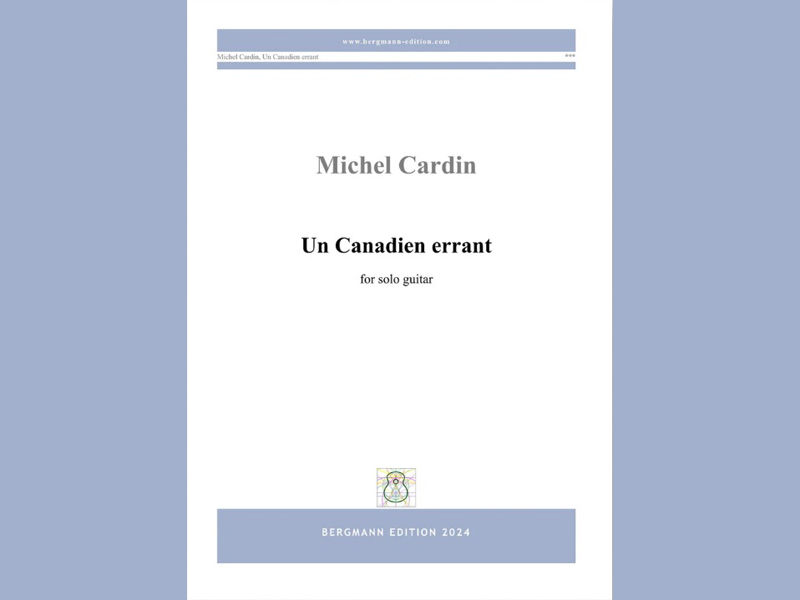Mark Houghton : Twelve Preludes Op79 : DOz
- chrisdumigan
- Oct 22, 2023
- 2 min read

Mark Houghton
Les Productions D’Oz: 25 pages
Liverpudlian Mark has written many works over the years and has also seen many published and performed. This latest set has recently reached me on a CD recording by Francisco Correa on the Deux – Elles Classical Recordings label, along with a set of Winterbourne Preludes by Steve Goss, called Winterbourne, reviewed elsewhere on my site. So this printed set of the pieces comes exactly at the right time!
As always with Mark’s music they are varied, in a number of speeds and keys and quite different from one another, and always something interesting to say. So the opening piece is a 4/4 D Major arpeggio driven item, with a dropped D 6th and some fresh sounding harmonic qualities, whereas No2 is in Am and Alla Breve time, but has a descending harmonic idea that crops up in various guises throughout the piece, and brings the piece momentarily into a number of other keys too before closing finally in Am.
No3 has a repetitive arpeggio pattern that although constant through the work, moves from one chord to another, in a completely individual way, while No4 is a 6/8 Dm piece, that although often moving in 6ths still sounds fresh and with a number of unexpected harmonic moments.
No5 is in two voices in A minor, where the top one is a repeating pair of notes, and with a melody underneath, whereas No6 takes this idea a stage further, with the melody still in the lower voice, but the top part more varied harmonically and rhythmically, and this time in A Major.
No7 is in 4/4 in a sequence of triplet arpeggiated quavers in Em, but there the similarity to the famous Anon Romance ends, as nothing else reminds you of that piece at all, whereas No8 , although still arpeggio based is much more rhythmically flexible and is constantly on the move up and down the fingerboard.
No9 has two voices again, but with the parts always on the move and never being less than involving, while No10 is a much more up – tempo vibrant idea that relies on the rhythm of a quaver and a triplet of semi – quavers to create its effect.
No11, is full of semi –quavers full of hammer – ons and pull – offs that never relaxes for a second, whilst the final No12, again takes the previous piece’s premise a little more adventurous and is an Allegro Moderato that never sits still for a moment.
This set is full of really good musical ideas and in equal measure full of technical ideas that many teachers will find very useful to give to their pupils to try out, for they are great to play, fun to hear and still useful as a studies. Another set for intermediate players to try out!
Chris Dumigan




Comments